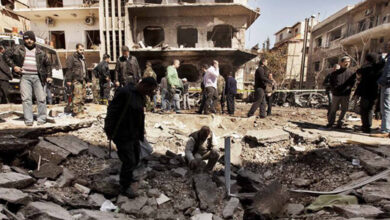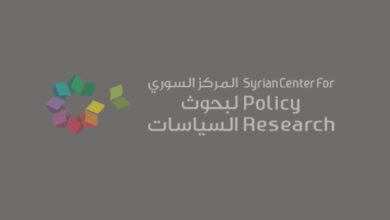Publications
-

Forced Dispersion, Syrian Human Status: The Demographic Report 2016
The Forced Dispersion Report diagnoses population status in Syria before and during the crisis by adopting participatory rights-based approach. The…
Read More » -

Confronting Fragmentation
Fragmentation, as the process of drastic shattering in the social, economic, political, and cultural structures within the society, is being…
Read More » -

SCPR Alienation and Violence Report 2014
The economy of violence flourished in Syria during 2014 as battles intensified, with reallocation of resources and capital to the…
Read More » -

Multidimensional Child Deprivation in Syria 2001-2009
The report aims to measure and analyze the multidimensional child deprivation index in Syria that includes health, education, and standard…
Read More » -

Multidimensional Poverty in Syria 2001-2009
The report uses a new methodology to measure Multidimensional Poverty Index, which assesses the deprivation of Syrian people in terms…
Read More » -

Squandering Humanity: Socioeconomic Monitoring Report on Syria
Syria is facing one of the most severe development and humanitarian disasters in recent history. This has included not only…
Read More » -

War on Development: socioeconomic monitoring report of Syria, second quarterly report (April – June 2013)
After 27 months, the calamitous armed-conflict in Syria continues unabated, while increasingly drawing regional and international players into its military…
Read More » -

On the Wrong Direction…The American Strike and the Scenarios of Syrian Crisis
The attached study by the Syrian Center for Policy Research provides an analytical impact assessment of the potential American strike…
Read More » -

The Syrian Catastrophe: Socioeconomic Monitoring Report, First Quarterly Report (January – March 2013)
This report is the first of five quarterly reports produced in cooperation between UNRWA and Syrian Center for Policy Research…
Read More » -

“Socioeconomic Roots and Impact of the Syrian Crisis” (2013)
This report aims to estimate the socioeconomic impact of the current crisis in Syria. In this regard, diagnosis of developmental…
Read More »











